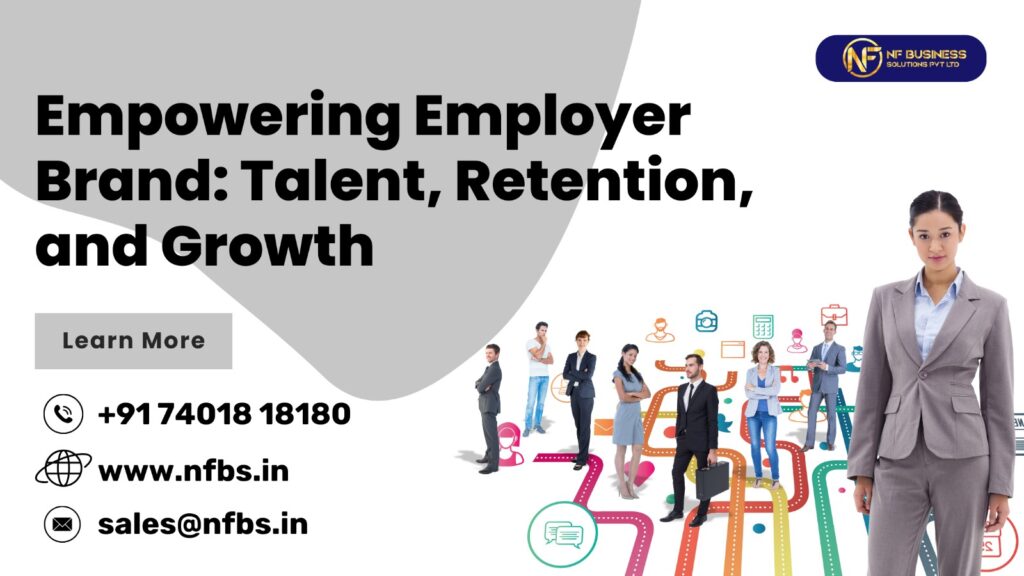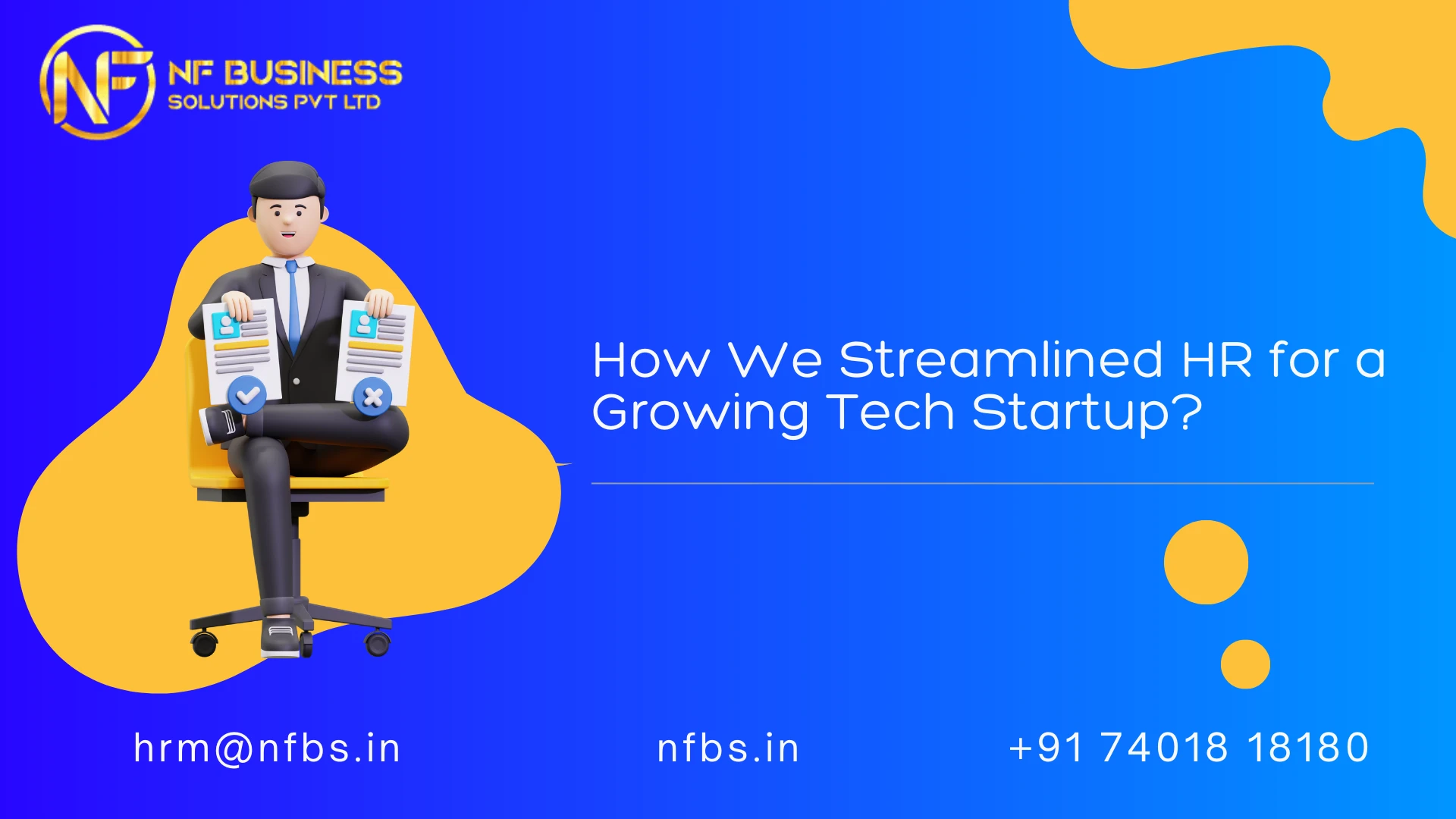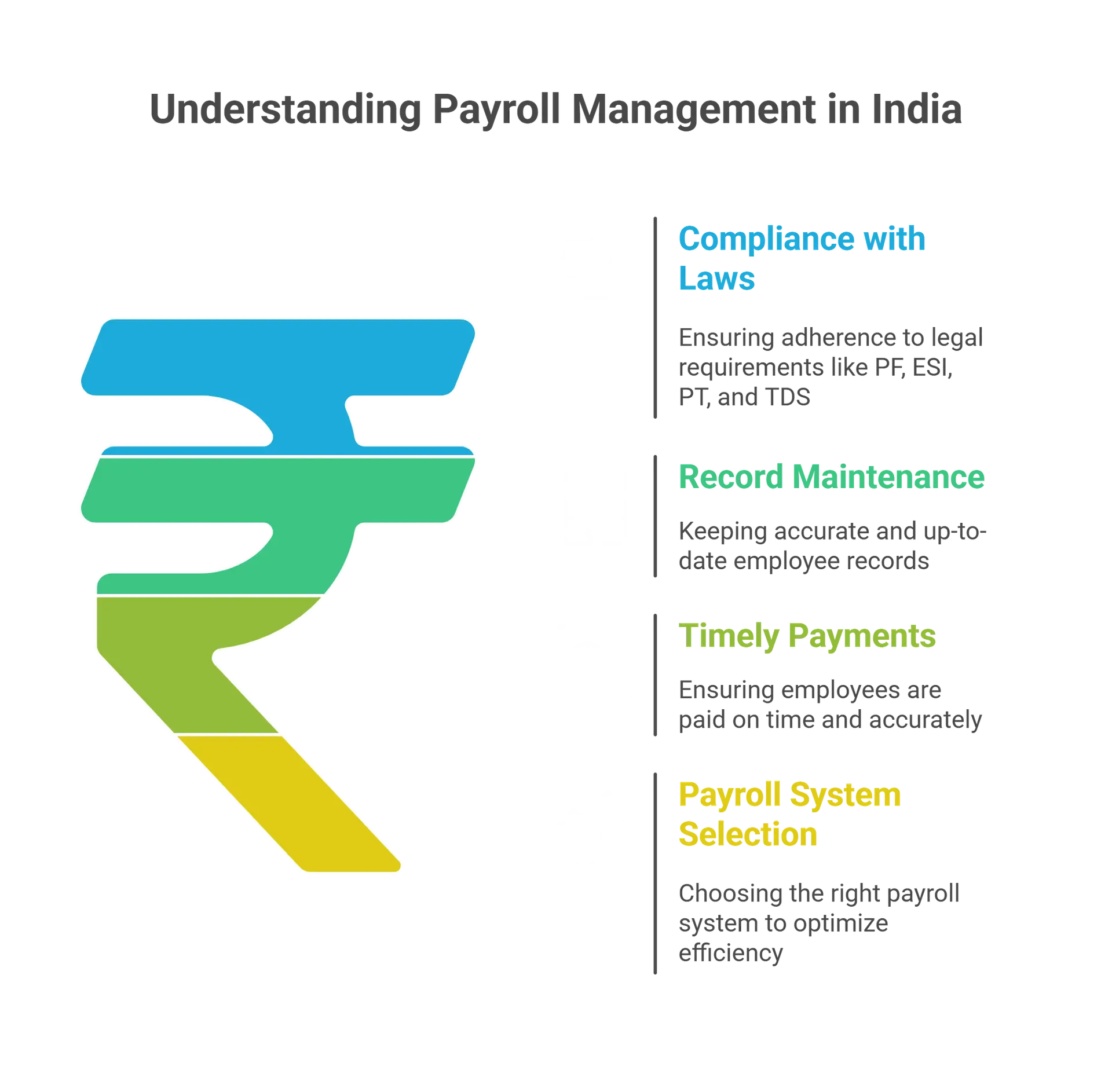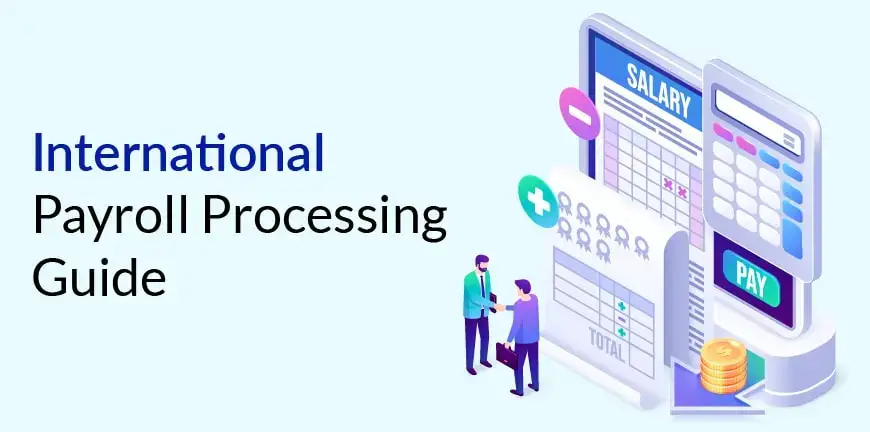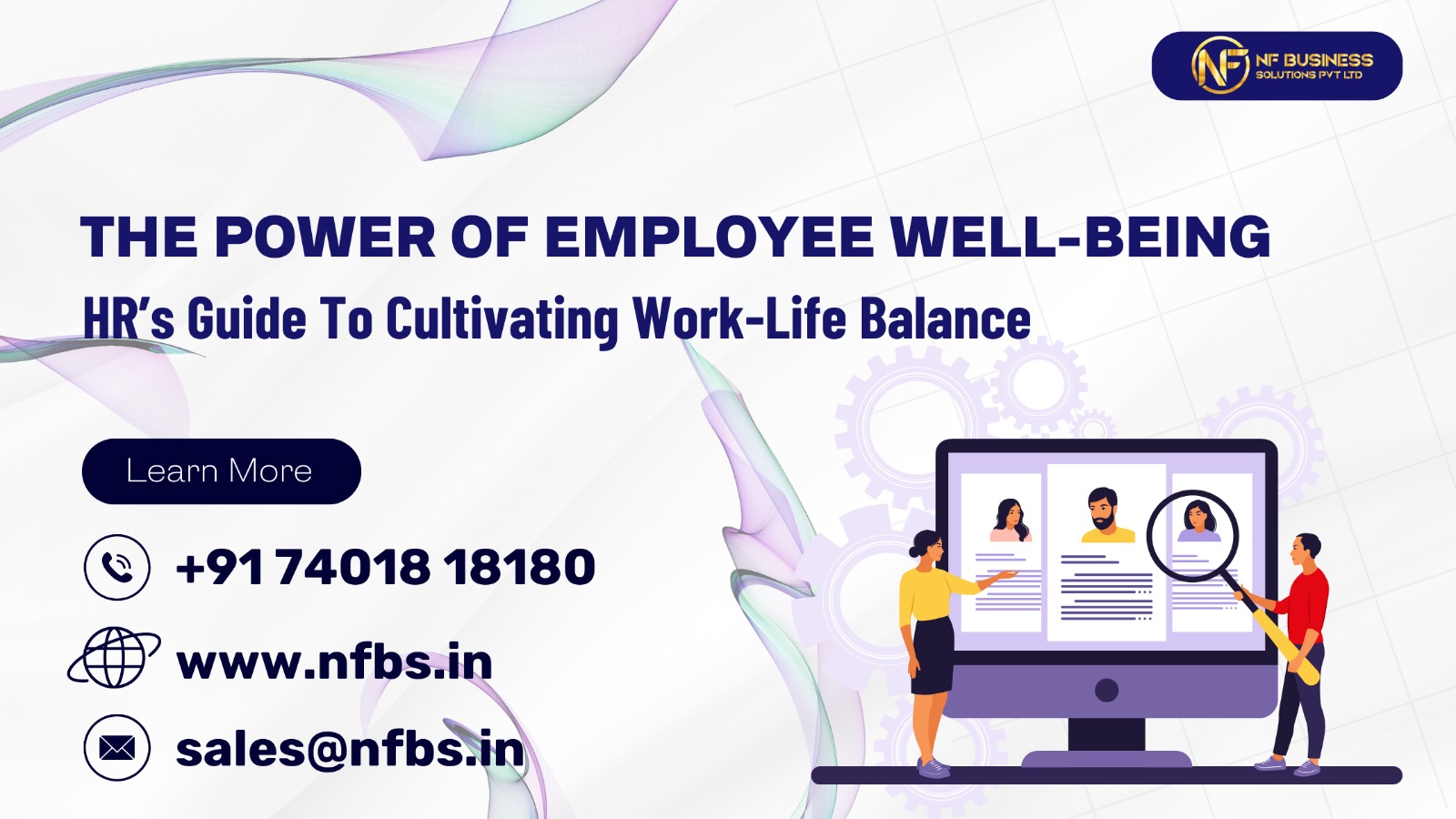Introduction-Employer Brand
As a skilled marketer, you understand the importance of building a strong brand to attract customers. However, it’s equally vital to apply the same energy to engage both current and potential employees through employer branding.
In today’s job market, with a 54% annual increase in LinkedIn members changing jobs and a rise in ‘quiet quitting,’ having an attractive office alone won’t suffice. LinkedIn reports that inadequate worklife balance, subpar compensation, and a poor company culture are the top reasons people leave their jobs.
Let’s explore what an employer branding strategy entails, how it benefits recruitment and retention, and why investing in your employer brand directly impacts your bottom line.
What is employer branding?
- Employer branding refers to how your company is perceived and regarded by both your current employees and prospective job seekers.
- It involves a deliberate set of strategies and actions aimed at shaping this perception.
- In simpler terms, an effective employer branding strategy actively responds to the question, “What distinguishes your company as the ideal workplace?”
- Developing your employer brand may involve a combination of tasks such as crafting content that highlights your company culture, brand mission, and values, fostering employee advocacy, and enhancing your recruitment procedures.
Unlocking the Benefits of Employer Branding
Employer branding, whether deliberate or not, carries substantial advantages. Actively shaping your employer brand can attract top talent, retain employees, and enhance your reputation.
Attracting Top Talent:
- A strong employer branding strategy gives you a competitive edge, making you attractive to highcaliber candidates.
- Glassdoor reports that candidates are 75% more likely to consider companies that manage their employer brand well, which is especially valuable in today’s tight job market.
Reducing Turnover and Boosting Employee Satisfaction:
- The foundation of employer branding begins internally.
- Employees who feel valued are 3.2 times more likely to find job satisfaction.
- Encouraging feedback and empowering employees can foster engagement and belonging.
Managing Reputation and Building Consumer Trust:
- Every aspect of employer branding contributes to enhancing your reputation.
- Engaging with employees, monitoring reviews, and gauging social sentiment can improve your image.
- A positive workplace reputation streamlines hiring and reduces turnover.
Empowering Brand Advocates:
- Effective employer branding starts with your employees.
- Employee advocacy builds trust, with individuals three times more likely to trust information from employees over CEOs.
- Encouraging employees to share their experiences fosters trust among potential talent and consumers.
Enhancing Corporate Communications:
- Maintaining a robust employer brand requires collective effort from corporate communications, social teams, and all employees.
- An employer branding strategy encompasses brand values, diversity and inclusion efforts, and more.
- Failing to demonstrate commitment to employees and values can hinder your success in the evolving corporate landscape.
Crafting a Potent Employer Branding Strategy
In essence, the linchpin to enhancing candidate engagement, fostering employee advocacy, and mitigating turnover is a robust employer branding strategy. Below, we outline the steps to create an employer branding strategy that not only breathes life into your company’s values but also bolsters its competitiveness in the market while remaining attractive to current staff.
Step 1: Assess Your Current Position:
Embark on this journey by conducting a comprehensive audit to gauge the current status of your employer brand. Consider the following actions:
Engage Your Workforce:
- Initiate anonymous surveys among your employees to solicit candid feedback.
- This exercise unveils both the commendable aspects and the areas needing improvement.
- If the feedback signals issues related to corporate culture or internal communication, make a dedicated effort to address them.
- Sharing your action plans with employees showcases your adaptability, fostering a cadre of dedicated brand advocates and substantiating your commitment to action, not just words.
Review Online Feedback:
- Frequent and attentive monitoring of reviews is imperative.
- In fact, Glassdoor reports that 62% of job seekers’ perception of a company improves when the employer responds to reviews.
- Reviews, whether from external platforms like Glassdoor or internal sources such as exit interviews, serve as unfiltered reflections of your company’s culture and brand perception.
Harness Social Media Insights:
- Social media offers a treasure trove of insights into public sentiment about your brand.
- Collaborate with your social media team to identify recurrent themes in praise, criticism, and frequently asked questions.
- You can even delve deeper by utilizing social listening tools to gauge brand health, sentiment, prevalent keywords, and more.
Evaluate Recruitment and Onboarding Processes:
- The initial phases of recruitment and onboarding present prime opportunities to exhibit your company’s modus operandi to prospective employees.
- Engage in discussions with current employees, especially recent hires, to gather insights into their experiences during these processes.
- Collaborate closely with your recruitment team to pinpoint areas requiring enhancement and those that demand a complete overhaul.
Identify Content and Resource Gaps:
- Content serves as a pivotal tool throughout the hiring journey, spanning from recruitment to talent retention.
- It plays a pivotal role in shaping your brand’s narrative. Consider these domains to determine if there’s a need for more content and resources:
Social Media Content:
Conduct an audit of the type and frequency of content disseminated by your team regarding your brand, employees, and open positions.
Website Content:
Evaluate the state of your career page, contemplating whether it requires a rejuvenation.
Job Postings:
Scrutinize the clarity and accuracy of your job postings, ensuring they align with your brand identity.
Onboarding Materials:
Examine whether your onboarding materials sufficiently support new hires or leave them grappling with unaddressed gaps.
Internal Newsletters:
Regularly assess the content disseminated to your employees, ensuring that it fosters meaningful connections and delivers valuable information.
Step 2: Crafting Your Employee Value Proposition (EVP)
Your Employee Value Proposition (EVP) is the core of your employer branding. It outlines what you offer to employees in exchange for their skills and dedication.
Key components include:
Compensation: Salary and benefits.
Perks and Benefits: Opportunities for growth.
Diversity and Inclusion Initiatives: Commitment to equity.
Remote Work Flexibility: Adapting to changing work trends.
Company Culture: Reflecting core values.
Transparency is crucial; your EVP must align with reality to build trust.
Step 3: Defining Objectives and KPIs
Set clear objectives and Key Performance Indicators (KPIs) to measure success.
For recruitment, consider:
- Attracting a larger candidate pool.
- Targeted campaigns for key roles.
- Achieving desired hiring volumes.
- Increasing employee referrals.
- Boosting engagement.
- Attracting qualified candidates.
- Improving job offer acceptance rates.
- Sustaining employee retention.
For marketing, goals may include promoting employeegenerated content and positive reviews on platforms like Glassdoor.
Step 4: Identifying the Target Audience
Define your ideal candidates based on more than just titles or experience. Understand what they seek in a work environment to create effective job descriptions.
Step 5: Determining Communication Channels and Stakeholders
Employer branding is a collective effort. Identify roles and secure stakeholder commitment. Consider communication channels like social media, newsletters, and internal emails. Align these channels with your brand and target audience.
Step 6: Engaging the Csuite
Get buyin from top leadership, involving them in communication efforts. This shows commitment and purpose, crucial for employee satisfaction.
Step 7: Formulating a Rollout Plan
Plan a structured rollout to ensure consistent execution. Include an editorial calendar for blogs and social media, internal emails for feedback and posts, and strategies for managing reviews.
Step 8: Tracking Outcomes
Treat your strategy as an ongoing process. Continuously monitor KPIs to assess progress. Utilize tools like social media platforms and employee advocacy tools to gauge performance. Regularly review and adjust your strategy for sustained success.
Empower Employees Through Advocacy:
Employee advocacy involves staff promoting your organization, both internally and externally, through activities like social media posts. Employees make excellent brand advocates, with their content garnering up to 8x more engagement than official brand channels. Encourage them to share about your company to build trust and attract talent.
However, employee advocacy is more than just a request to post. Make it easy for them by curating content—72% of engaged social media users would share if content was provided. Tools like Sprout simplify content curation and measurement.
Shift Culture for Stronger Employer Branding:
Employer branding goes beyond marketing; it should be ingrained in your culture. Commitment from management and leadership is crucial. Start by amplifying employees’ voices internally to attract talent externally. Your employer brand should reflect your organization’s values and commitment, creating a lasting impact from the inside out.

